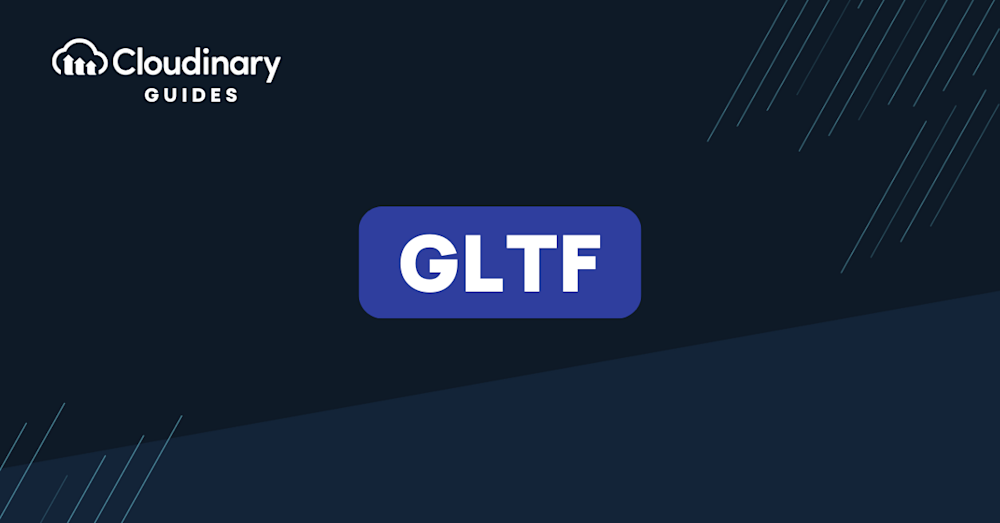In my experience, here are tips that can help you maximize the efficiency and quality of your work with glTF (GL Transmission Format) files:
- Optimize geometry for performance
When creating 3D models for glTF, focus on optimizing the geometry to reduce polygon counts without compromising visual fidelity. Simplify complex models by reducing unnecessary vertices and using lower-polygon versions of objects that are not viewed up close. This will significantly improve loading times and rendering performance, especially in real-time applications. - Use compressed textures for faster loading
Utilize texture compression techniques, such as using lower-resolution textures or applying lossy compression, to reduce file sizes while maintaining visual quality. Tools like Draco compression, specifically designed for glTF, can help minimize the size of geometry data, leading to faster loading times and reduced bandwidth usage. - Implement Level of Detail (LOD) strategies
Incorporate LOD in your 3D models to dynamically adjust the level of detail based on the viewer’s distance from the object. This technique helps manage rendering complexity by displaying simpler versions of the model when it’s farther away, thereby improving performance in resource-constrained environments like mobile devices. - Test models across multiple platforms and browsers
Ensure that your glTF models are tested on various platforms and browsers to guarantee cross-platform compatibility. Different systems may handle 3D rendering differently, so it’s crucial to identify and resolve any inconsistencies or performance issues early in the development process. Tools like the Babylon.js Sandbox or three.js Editor can help you preview how your glTF models perform on different platforms. - Leverage Cloudinary for automated optimization and delivery
Use Cloudinary to automate the optimization and delivery of your glTF files. Cloudinary can convert, compress, and deliver your 3D assets in the most efficient format for different devices and networks. By utilizing Cloudinary’s automatic quality adjustment and CDN distribution, you can ensure that your glTF models are delivered quickly and at the best possible quality for your audience, regardless of their location or device.
These tips should help you effectively use glTF files in your 3D projects, ensuring efficient workflows and high-quality visual experiences across various platforms.

